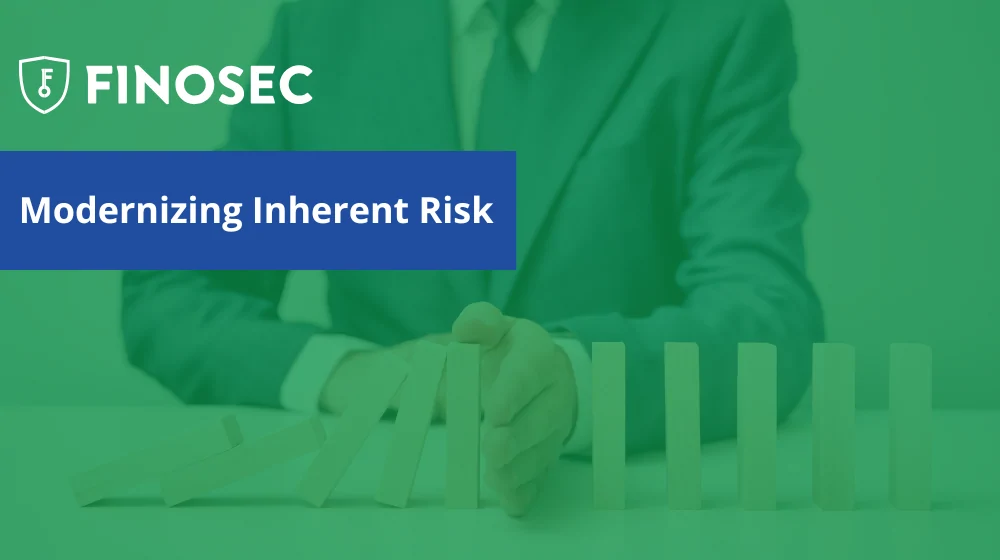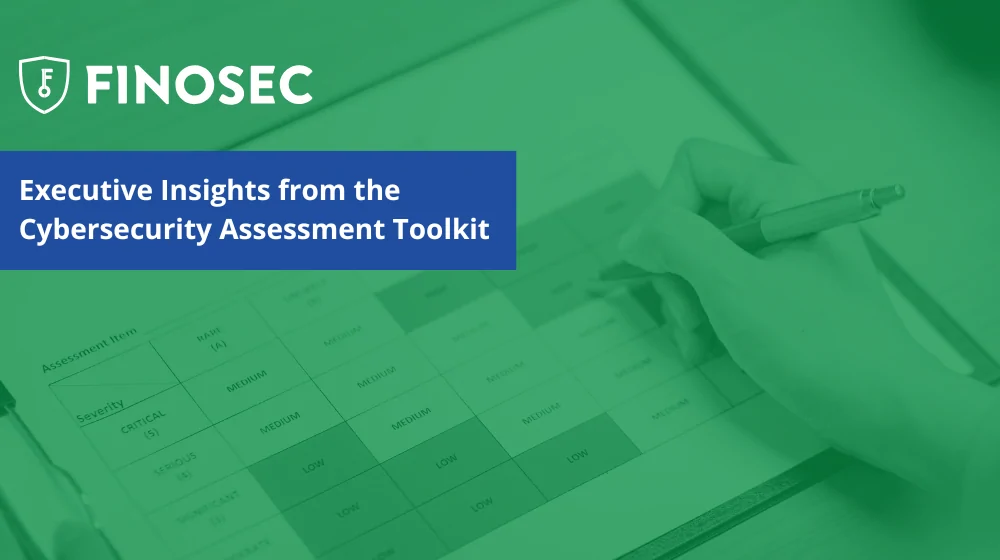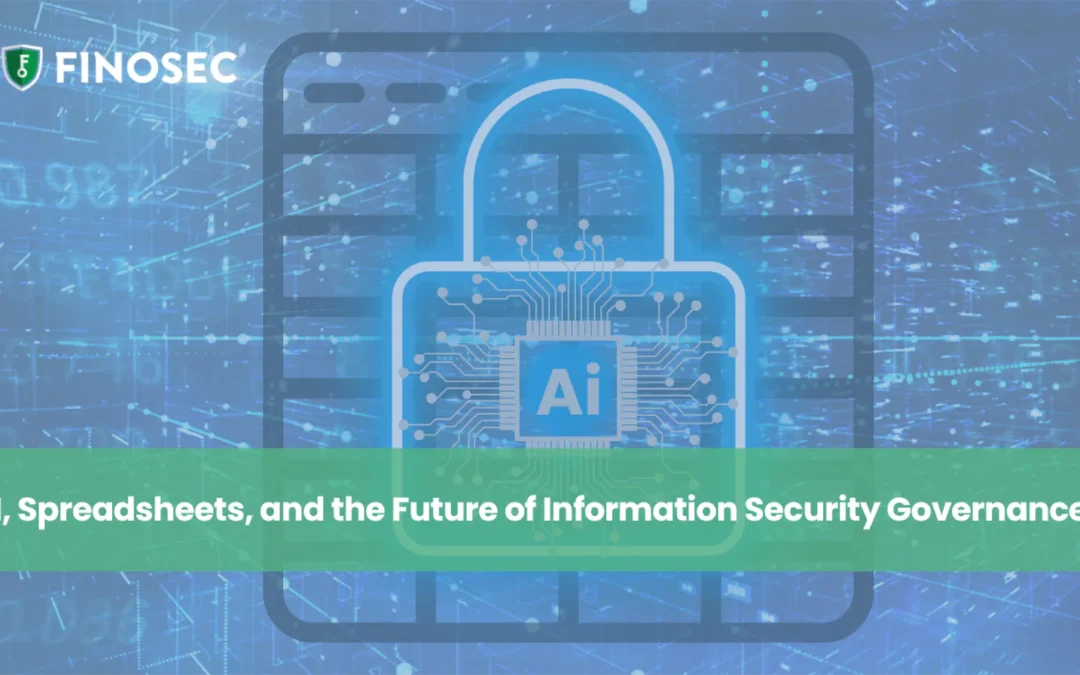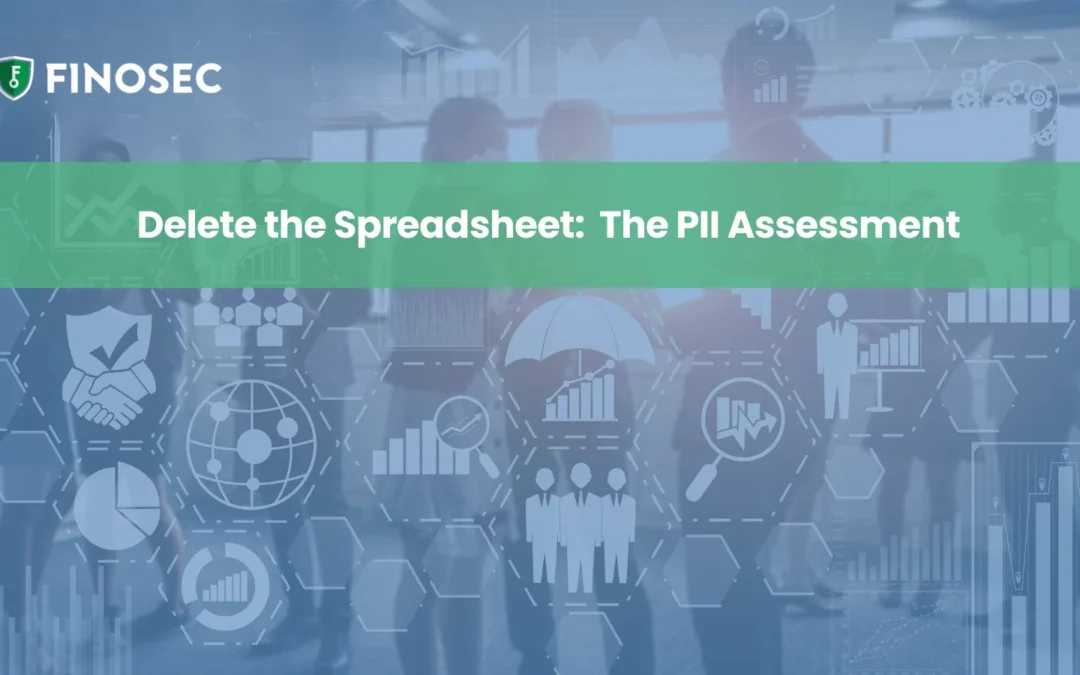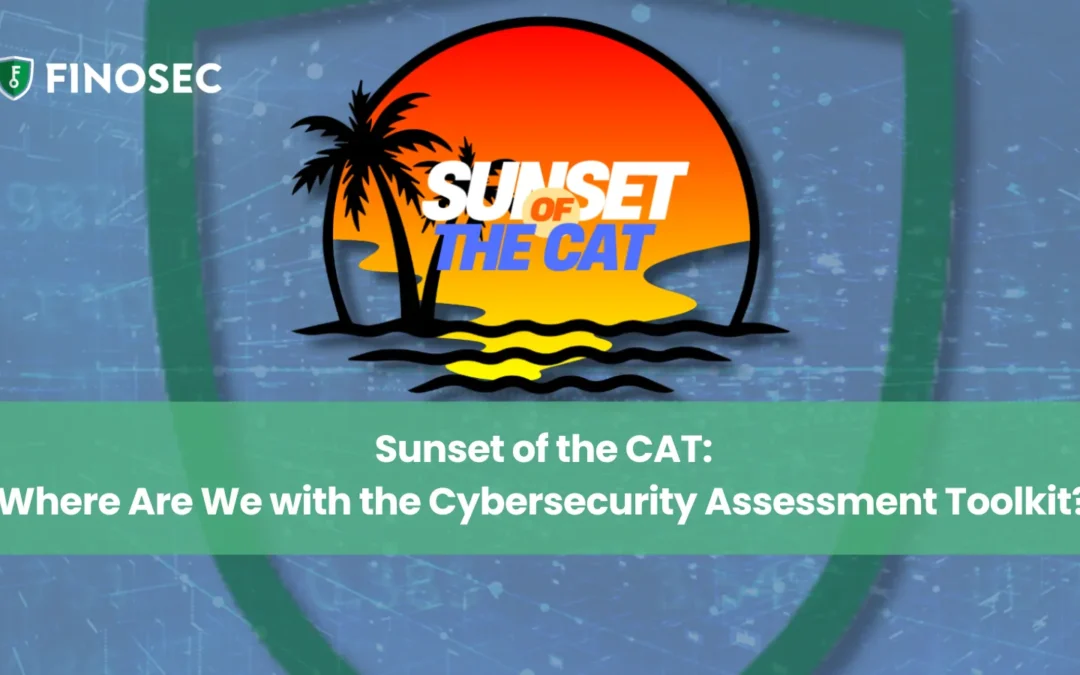Today, we’re delving into an essential topic that affects both the security and the integrity of your digital assets: privilege creep. In this blog, we’ll explore the potential risks, and provide you with actionable strategies to prevent this sneaky threat from undermining your cybersecurity efforts.
Understanding Privilege Creep
Privilege creep occurs when individuals within an organization gradually accumulate excessive access privileges beyond what is necessary for their roles. This is incredibly common in community financial institutions where roles shift internally, or vacations, sick days, and disasters happen, and others must fill in temporarily because the jobs need to get done. We assign new credentials, possibly meaning for them to be temporary, and they are not removed.
Then, as new technologies and systems are implemented, the risk of privilege creep intensifies, potentially leading to unauthorized access, data breaches, and compromised security. It is imperative to proactively address this issue to mitigate potential vulnerabilities.
The Risks of Privilege Creep
Before we delve into prevention strategies, let’s look at the risks associated with privilege creep. Firstly, excessive privileges increase the attack surface, providing adversaries with more entry points into your institution’s systems. Secondly, unauthorized access can lead to unauthorized actions, data manipulation, or even the exfiltration of sensitive information, both malicious and unintentional. Lastly, privilege creep hampers accountability and transparency, making it challenging to trace and investigate security incidents.
Preventing Privilege Creep: Best Practices and Strategies
1. Implement a Strong Access Control Policy:
Establish a comprehensive access control policy that defines access levels, roles, and permissions based on the principle of least privilege. Regularly review and update access privileges to ensure they align with job responsibilities and organizational needs.
2. Conduct Regular Access Reviews:
Perform periodic reviews of user access privileges to identify and address any instances of privilege creep. These reviews cannot exist in a silo in any one department and should involve collaboration between HR, IT, and management teams to ensure accuracy and accountability.
3. Utilize Role-Based Access Control (RBAC):
Implement RBAC frameworks to assign access privileges based on predefined roles and responsibilities. This simplifies user access management, reduces the likelihood of privilege creep, and streamlines the user provisioning and deprovisioning processes.
Example: All tellers have these privileges. All Lenders have these privileges. Once you’re in the Teller group, you automatically get those. When you are removed from the Teller group, those permissions are also removed.
4. Enforce Segregation of Duties:
Implement segregation of duties policies to separate critical tasks and ensure that no single individual has excessive access privileges that could lead to fraudulent or malicious activities. Yes, I do realize that is easier said than done in a community financial institution. However, by clearly defining roles and responsibilities, you minimize the risk of privilege creep and internal fraud. And having your Network Administrator and your Information Security Officer as the same person without exceptional controls in place is paramount to giving them the keys to the kingdom.
5. Implement Regular Training and Awareness Programs:
Educate employees about the risks of privilege creep and the importance of adhering to access control policies. Regularly conduct cybersecurity training sessions to reinforce best practices, highlight the consequences of privilege abuse – including credential sharing, and foster a culture of security awareness.
Conclusion:
As guardians of our institutions’ cybersecurity, it is our responsibility to prevent privilege creep and fortify our protections. By implementing strong access control policies, conducting regular access reviews, leveraging role-based access controls and separation of duties principles, and fostering a culture of security awareness, we can go far in mitigating the risks associated with privilege creep.


